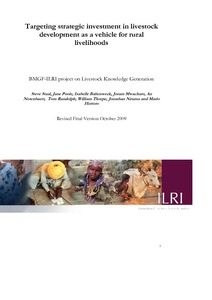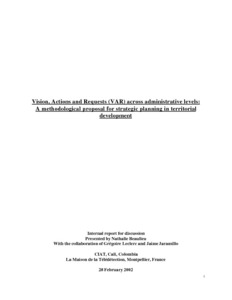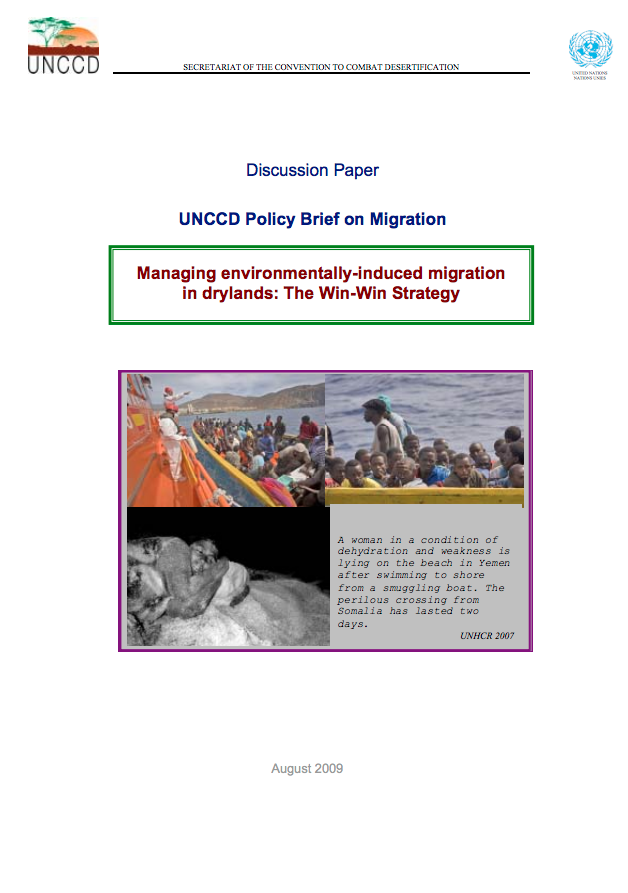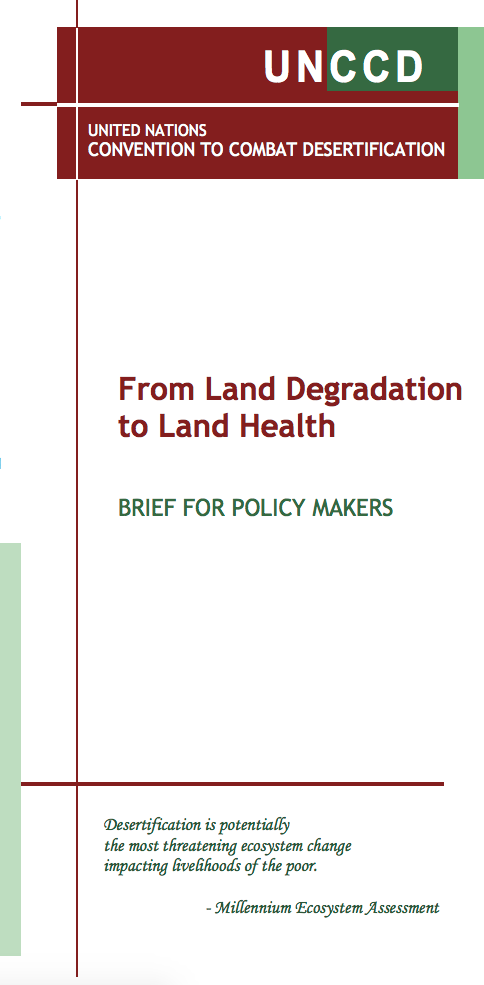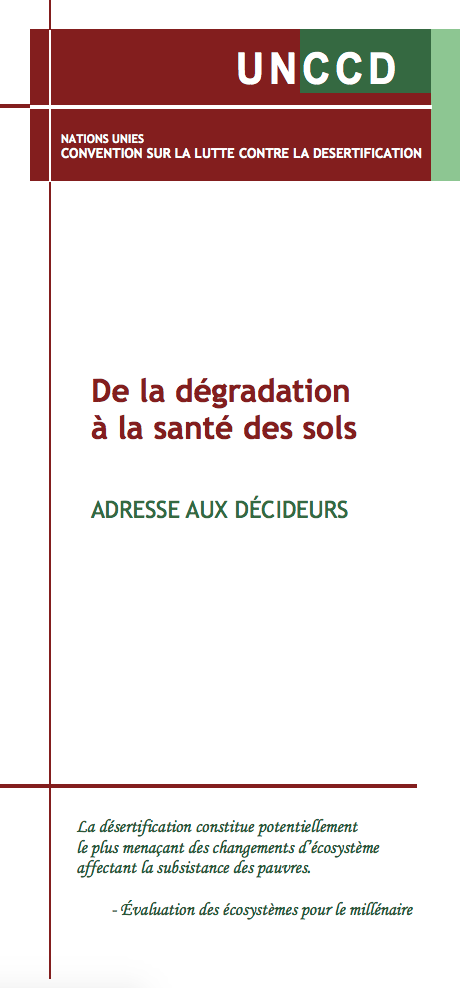Targeting strategic investment in livestock development as a vehicle for rural livelihoods
The purpose of this report is first to provide evidence of the role of livestock in rural livelihoods in Sub-Saharan Africa and South Asia. Further, the report aims to identify opportunities for investments that build on that evidence and hold promise for improving and sustaining the livelihoods of smallholder livestock producers and their rural communities in developing countries. This analysis is presented in order to support the decision making of those public and private development investors, and policy makers, for whom improved rural livelihoods is a key objective.
The forests of Setulang and Sengayan in Malinau, East Kalimantan: their potential and the identification of steps for their protection and sustainable management
Towards wellbeing in forest communities: a source book for local government
Governments in many countries are decentralising to give more control over decision making and budgets to local administrations. One expectation of this change is that local governments will more effectively and efficiently respond to the poorest citizens in their jurisdictions. Decentralisation is especially significant to forest communities, which have historically benefited little from government services and poverty reduction programmes because of their physical isolation and social marginalisation.
Transforming the global landscape
Rapid land transformation driven by large scale investments is one of the big trends defining this century. In a virtual briefing for the Global Donor Platform members CIAT agriculture expert Deborah Bossio dismisses the cry for more investments often heard in development circles. From her perspective a lack of investments is not the problem. The more pressing question is whether these large scale investments could be sustainable and socially inclusive. How are they going to play out in the end?
Managing environmentally-induced migration in drylands: The Win-Win Strategy
Human activities have resulted in unprecedented phenomena and severe impacts for the 21st century such as land degradation, natural resources scarcity, climate change, and a rapid decline in biodiversity. These alterations engender secondary effects such as political conflicts, disputes over resources, social disruptions and sudden shocks of catastrophic weather events which are becoming more frequent in critical regions of the world, particularly in drylands; and exacerbate threats for human, national and international security.
Seguritizar La Tierra Y Atterizar La Seguridad
En la no tan larga historia de la Humanidad, nuestros antepasados han luchado con demasiada frecuencia por la tierra y el agua. Aquellos tiempos están nuevamente de actualidad.
From Land Degradation to Land Health
This is a brief for Policy Makers titled "From Land Degradation to Land Health"
De la dégradation à la santé des sols
C'est une adresse aux Décideurs "De la dégradation à la santé des sols"
Revertir la degradación de la tierra
Esto es un Compedio Para Responsables de Politicas "Revertir la degradación de la tierra"
Climate change in the African drylands: Options and opportunities for adaptation and mitigation
The drylands of Africa, exclusive of hyper-arid zones, occupy about 43 per cent of the continent, and are home to a rapidly growing population that currently stands at about 325 million people. Dry zones, inclusive of hyper-arid lands, cover over 70 per cent of the continent’s terrestrial surface. Outside of the cities many dryland inhabitants are either pastoralists, sedentary or nomadic, or agro-pastoralists, combining livestock-rearing and crop production where conditions allow.


